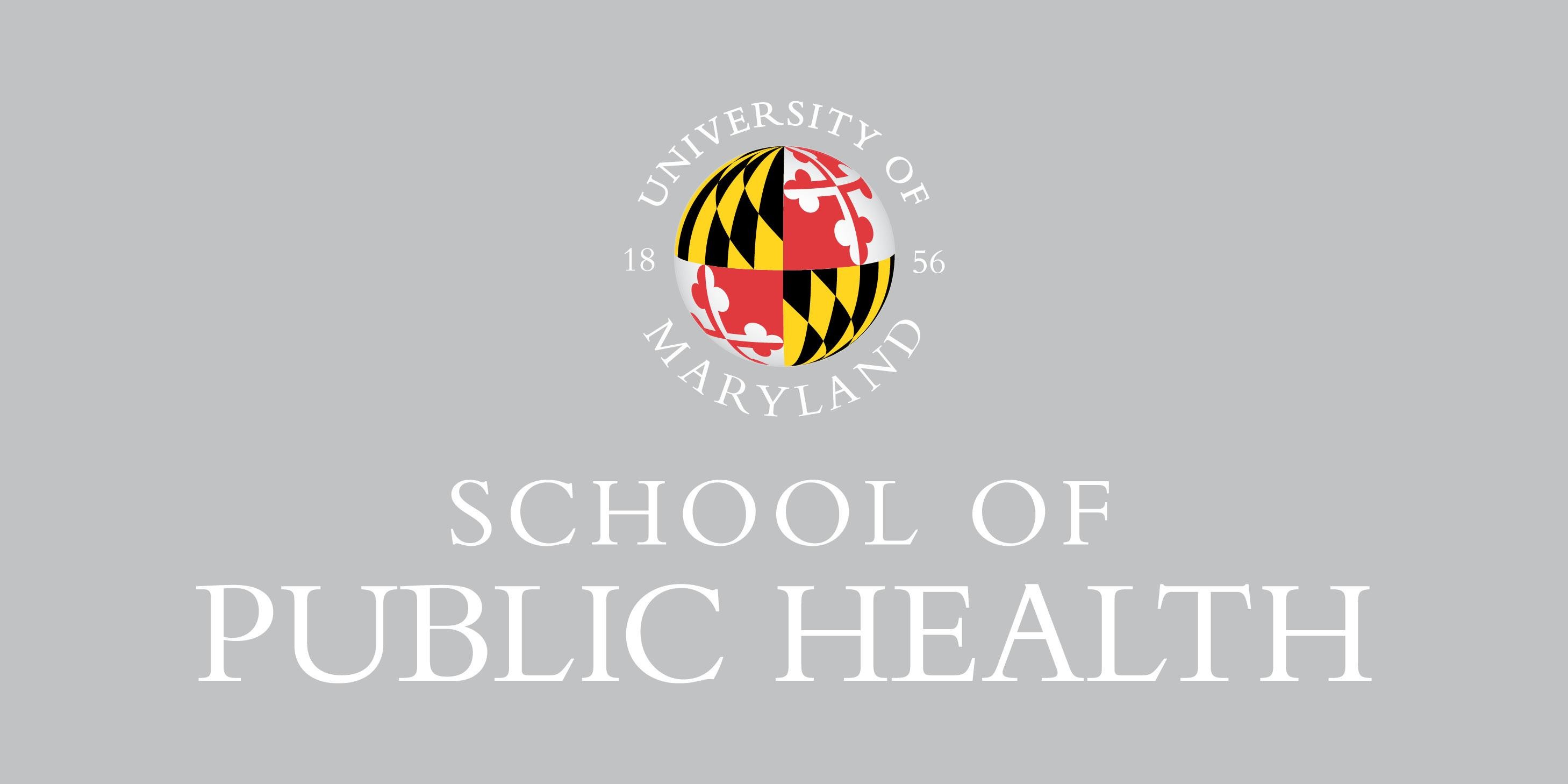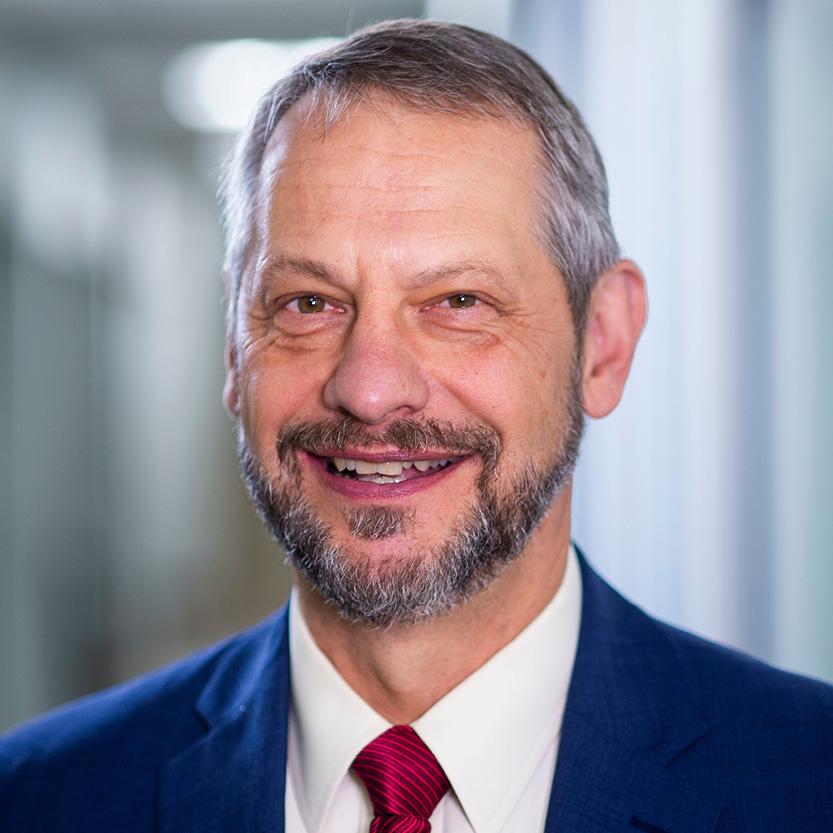

School of Public Health Dean Boris Lushniak, a former Deputy US Surgeon General, spoke with CNN’s Christiane Amanpour on March 24, 2020 about the global COVID-19 pandemic and the confusion created by President Donald Trump's communication.
Lushniak said when President Trump told Americans that he wanted to ease coronavirus restrictions and open the economy back up again by Easter, there were two different forms of communication taking place simultaneously on the same stage.
“The president is future-oriented, he’s open-ended, he’s noncommittal and he offers suggestions, he speculates about matters,” Lushniak said. “Around him are the public health experts.”
Public health experts have an immediate time frame, Lushniak explained. They talk about risks of health, protective measures, data and confirmed facts. When the president’s communications and public health experts’ communications mesh, they create confusion.
Lushniak said the majority of cases are still mild cases— 80% of cases are people who can still function and may or may not have symptoms. We need to make sure that the other 20% are taken care of appropriately and they have a sense of resolution for their infection, but also that the 80% do not come out in public too early before their cases are resolved. Testing is going to be a key component for this to happen, Lushniak said.
And because this is a new virus, there is still much we don’t know, Lushniak said. We have to rely on 19th and 20th-century measures— stay away from each other.
“It’s early on in this brand new pandemic,” Lushniak told CNN viewers. So, any numbers are estimates.
Lushniak said that the United States was late in addressing COVID-19 in several ways, including testing— putting us behind the curve. He says that the number of cases we are seeing on any given day is not a reflection of current times, but rather what the numbers were 5-10 days ago.
“We have to keep people apart in this early stage,” Lushniak said.
Related Links: